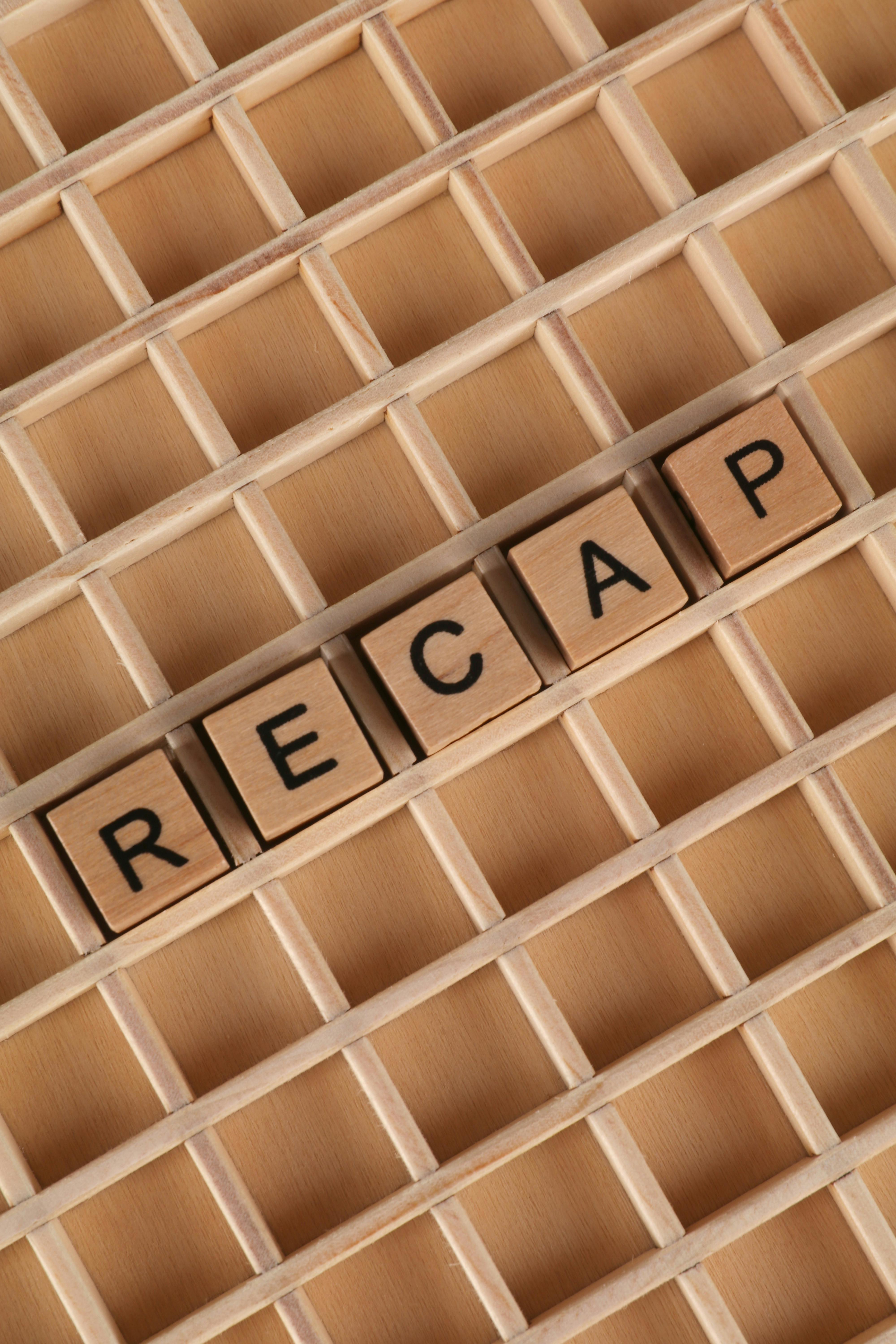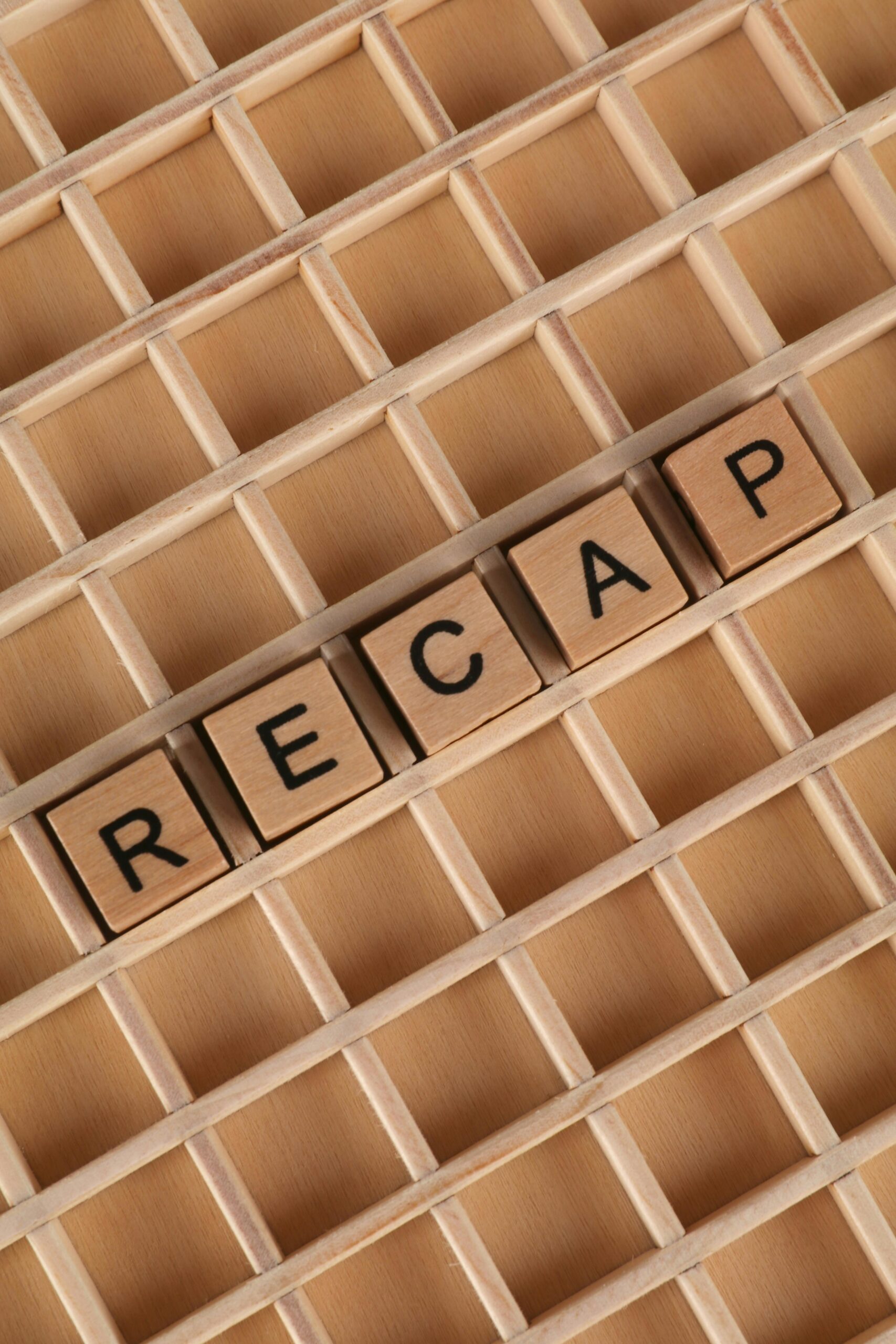Mohawk Board of Education: A Complete 2025 Guide
The Mohawk Board of Education is at the forefront of transforming public education through inclusive leadership and strategic planning. As education continues to evolve in response to social, economic, and technological changes, understanding how this board operates is more relevant than ever. In this article, you’ll gain insights into the board’s structure, principles, implementation strategies, and future direction—empowering you to engage with and benefit from local education policy.

Understanding the Fundamentals
The Mohawk Board of Education is responsible for setting the vision and strategic goals for public schools in the Mohawk district. It oversees key areas like budget approval, curriculum development, and superintendent performance. Its decisions impact thousands of students, educators, and families each year.
Understanding these fundamentals is crucial because local education boards wield significant power over academic outcomes. Like the backbone of a well-run organization, the board’s governance shapes daily classroom experiences and long-term district performance.
1.1 Governance and Accountability
The primary function of the Mohawk Board of Education is governance—not direct management. This distinction means the board sets policy, while the superintendent handles implementation. For example, in 2023, the board passed a policy requiring technology integration in all grade levels, which administrators then executed.
Common misconceptions include the idea that board members micromanage schools. In truth, effective governance relies on oversight, accountability, and policy clarity, not day-to-day interference.
1.2 Composition and Election of Board Members
Unlike appointed boards in some districts, the Mohawk Board of Education comprises elected officials. Each member serves a four-year term and is chosen through local elections. This democratic process ensures community representation and transparency.
Board members come from varied backgrounds—law, education, business—bringing diverse perspectives. This cross-section of expertise strengthens decision-making and reflects community priorities.
Practical Implementation Guide
Now that we understand the structure, let’s explore how the Mohawk Board of Education turns policy into practice. This section outlines step-by-step strategies for community members, educators, and parents to engage effectively with board initiatives.

2.1 Actionable Steps
- Attend Board Meetings: Public meetings are held monthly. Find agendas online, and prepare questions or comments relevant to the mohawk board of education.
- Review District Policies: Familiarize yourself with approved guidelines, especially those related to curriculum and student services.
- Engage With Committees: Join subcommittees or advisory councils. These offer hands-on opportunities to shape outcomes.
2.2 Overcoming Challenges
Challenges arise in any governance system. Here are common issues within the Mohawk Board of Education and strategies for addressing them:
- Lack of Transparency: Review public records and request clarifications.
- Miscommunication: Follow official channels for updates and clarify with staff when needed.
- Policy Conflicts: Attend forums to express concerns and suggest revisions.
Experts recommend building coalitions, staying informed, and approaching conflicts with constructive dialogue. These tips apply whether you’re a teacher advocating for curriculum changes or a parent supporting special education services.
Advanced Applications
As education becomes increasingly complex, the Mohawk Board of Education has embraced advanced strategies to enhance learning outcomes and equity. These applications extend beyond policy and delve into innovation and integration with broader systems.

3.1 Digital Equity Initiatives
The board has launched a Digital Equity Program to bridge the technology gap. In 2024, over 2,000 devices were distributed to underserved students, coupled with internet subsidies. This initiative dramatically improved attendance and academic engagement.
Performance metrics showed a 17% improvement in math scores and 12% in reading comprehension among students with access to digital tools—highlighting the practical impact of board-led innovation.
3.2 Integrated Learning Models
Mohawk schools now integrate project-based learning (PBL) with traditional instruction, thanks to board directives. This hybrid approach enhances critical thinking, especially in STEM fields.
These models are designed for compatibility with district systems and state standards, ensuring scalability across all schools. Teachers receive specialized training to implement the curriculum efficiently and equitably.
Future Outlook
The future of the Mohawk Board of Education looks promising, shaped by both local needs and global educational trends. Key focuses include AI integration in classrooms, mental health support, and climate education.
Projections suggest a 30% increase in funding for SEL (Social Emotional Learning) programs over the next five years. To prepare, schools are piloting mindfulness curricula and investing in counselor training.
Conclusion
In summary, the Mohawk Board of Education drives educational success through governance, community involvement, and innovation. Its members ensure strategic planning, fair representation, and policy implementation that benefits all stakeholders.
If you’re a parent, teacher, or community leader, now is the time to get involved. Attend meetings, share your voice, and contribute to the district’s evolution. Education is everyone’s responsibility—and the Mohawk board invites your participation.
Frequently Asked Questions
- Q: What is the Mohawk Board of Education? The Mohawk Board of Education is a local governing body that sets educational policy, approves budgets, and oversees school district leadership.
- Q: How can I get involved with the board? Start by attending public meetings, joining advisory committees, and contacting your elected board representative.
- Q: How much time does engagement require? Most community roles require 2–5 hours per month depending on the committee and events.
- Q: Does it cost anything to participate? No, public participation is free. Some optional events may have nominal fees, but most resources are district-funded.
- Q: How does the board compare to other education authorities? Unlike state or federal entities, the Mohawk Board focuses on local district needs with faster policy implementation and stronger community feedback loops.
- Q: Is this work technically difficult? No. While there’s a learning curve for policies and procedures, many resources exist to guide new participants.
- Q: Can the board affect vocational education? Yes. The board collaborates with regional partners to offer trade programs, apprenticeships, and dual-credit courses tailored to local industries.
